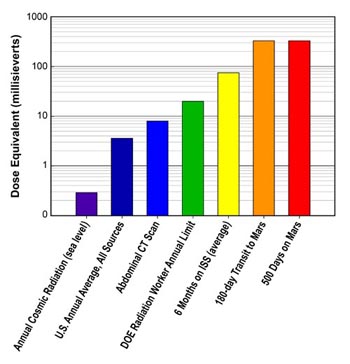The coolant systems failure on ISS might delay next week’s Cygnus cargo mission.
The coolant systems failure on ISS might delay next week’s Cygnus cargo mission.
[T]he reduced cooling capability means there’s less of a safety margin on the station. Todd said mission managers don’t want to risk having the Cygnus come in for a hookup under such conditions. “While we’re sitting at one loop, we’re somewhat vulnerable,” he said.
The logic here escapes me. It suggests they will stop all cargo missions to ISS until the coolant problem is solved. However, what if they can’t solve it without a spacewalk? To do that spacewalk they have to deliver an upgraded spacesuit to the station to replace the suit that had water leak problems in July, and that delivery is not scheduled until late February when the next Dragon cargo launch is scheduled.
Maybe they are considering putting that replacement suit on the Cygnus capsule so it can arrive quickly. If so, that would justify delaying the Cygnus launch for a few days.
More details about the situation here.
The coolant systems failure on ISS might delay next week’s Cygnus cargo mission.
[T]he reduced cooling capability means there’s less of a safety margin on the station. Todd said mission managers don’t want to risk having the Cygnus come in for a hookup under such conditions. “While we’re sitting at one loop, we’re somewhat vulnerable,” he said.
The logic here escapes me. It suggests they will stop all cargo missions to ISS until the coolant problem is solved. However, what if they can’t solve it without a spacewalk? To do that spacewalk they have to deliver an upgraded spacesuit to the station to replace the suit that had water leak problems in July, and that delivery is not scheduled until late February when the next Dragon cargo launch is scheduled.
Maybe they are considering putting that replacement suit on the Cygnus capsule so it can arrive quickly. If so, that would justify delaying the Cygnus launch for a few days.
More details about the situation here.

